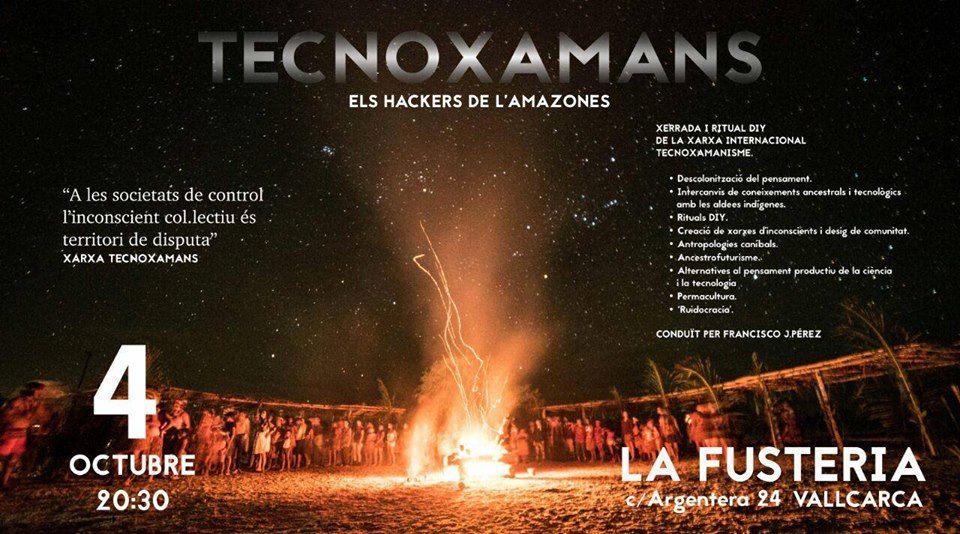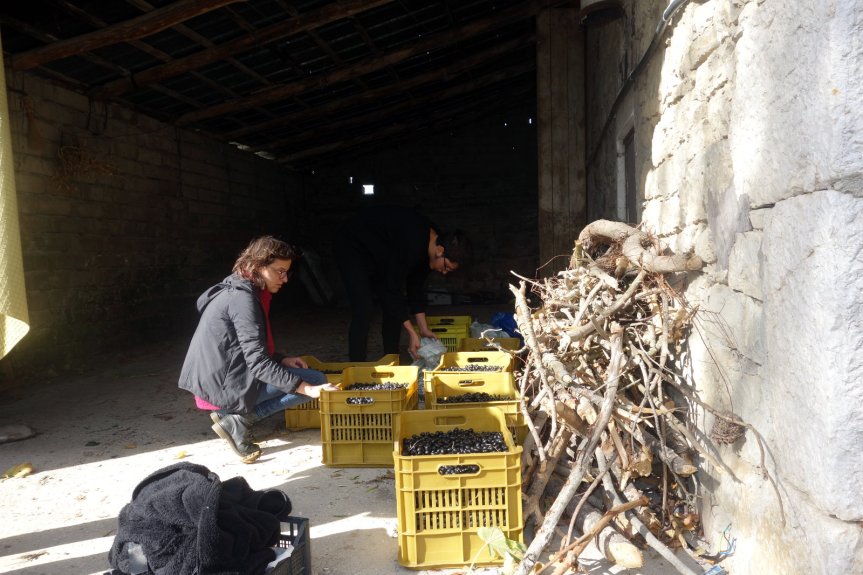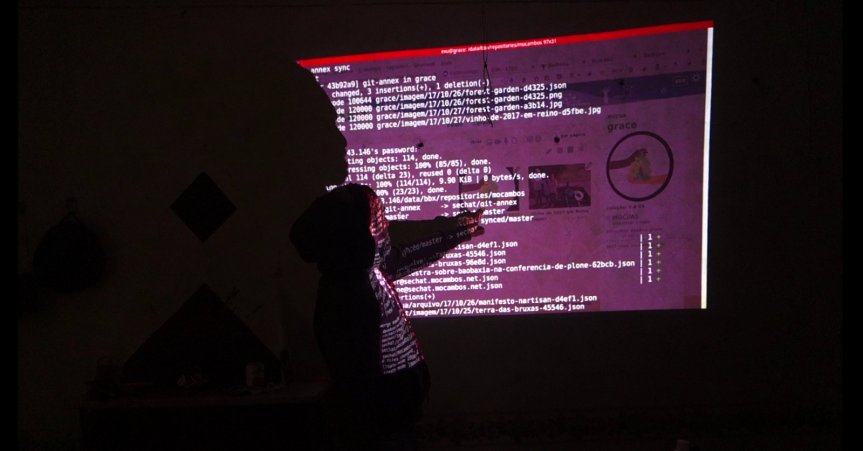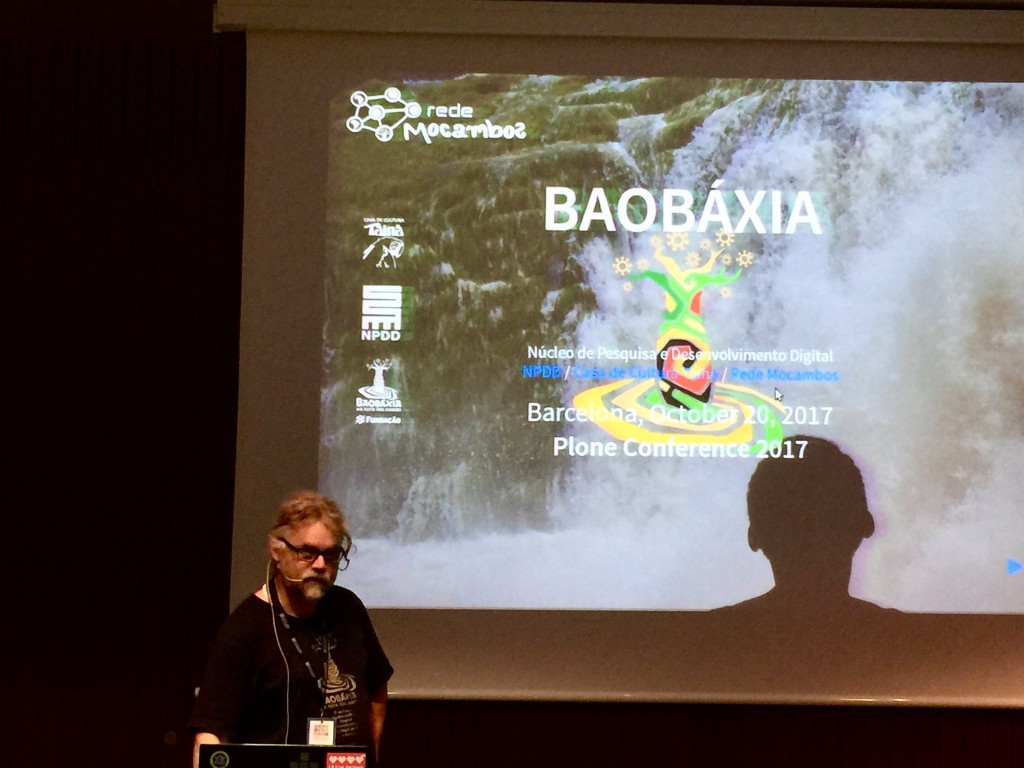Digitaliseringsproblemer kan løses med fri software
Digitaliseringsproblemer kan løses med fri/Open Source software
– åbent brev til partiernes IT-ordførere
FSFE Danmark v/Allan Dukat, Øjvind Fritjof Arnfred og Carsten Agger –
Om os i FSFE Danmark:
https://community.fsfe.org/t/handleplan-og-arbejdsgrundlag-for-fsfe-danmark/963
I slutningen af 2019 klagede en far til Datatilsynet over Helsingør Kommune, fordi hans otte-årige søn i sin folkeskole havde fået udleveret en Chromebook computer med en Google-konto uden faderens samtykke. Dette betød, som han anførte i klagen, at sønnens persondata ulovligt blev videregivet til Google.
Kommunernes Landsforening (KL) overtog forhandlingerne med Datatilsynet på vegne af de 53 kommuner, der benyttede Chromebook og Google.
Under hele forløbet undlod KL at overveje, om der var andre måder at tilrettelægge undervisningen på, men støttede ubetinget Helsingør Kommunes ret til at videregive elevernes persondata til Google. 4 år senere slog Datatilsynet i en endelig afgørelse fast, at skolernes brug af Chromebook og Google Workspace er ulovlig. KL’s indstilling var og er, at loven må laves om, som de skriver i deres pressemeddelelse:
”Hvis ikke regeringen kommer på banen, så er der sort skærm for titusindvis af skolebørn i mere end halvdelen af landets kommuner efter sommerferien. Det vil ramme skolerne hårdt. Vil vi virkelig det? Og der vil være tusindvis af ordblinde børn, som ikke kan få den nødvendige hjælp. Vil vi tillade det? Noget andet – og langt mere vidtrækkende – er, at der er skabt en kæmpe utryghed på en lang række andre velfærdsområder, hvor vi ikke ved, om vi er købt eller solgt.”
KL tager således skoleelevernes private data som gidsler i stedet for at undersøge lovlige alternativer. Det er nok også meget optimistisk af KL at tro, at Folketinget vil eller kan ændre loven på en måde, som strider mod det europæiske databeskyttelsesregulativ GDPR, som Datatilsynet har henvist til i deres afgørele.
I oktober 2023 kom det frem i pressen, at Københavns Kommune havde flere ulovlige kontrakter med deres IT-leverandører. Kommunens egen databeskyttelsesrådgiver skrev således i et notat fra april 2023:
»Københavns Kommune har på nuværende tidspunkt flere ulovlige kontrakter med leverandører og vil i den nærmeste fremtid have behov for at forny flere af disse kontrakter, fordi leverandørens løsning ikke udbydes af andre, og fordi systemet er nødvendigt for, at Københavns Kommune kan levere velfærdsydelser til borgere.«
Kilde: https://www.computerworld.dk/art/284811/koebenhavns-kommune-har-hundredevis-af-ulovlige-it-kontrakter
I november 2023 viste det sig, at regionerne fik uforudset høje udgifter til softwarelicenser. Priserne for centrale softwareløsninger steg betydeligt mere end inflationen, men da journalsystemerne simpelthen ikke kunne fungere uden, var der ikke andet at gøre end at betale regningen og finde pengene ved besparelser andre steder i regionerne.
I februar 2024 var det kommunernes tur til at beklage sig over betalingen for Microsofts officepakke i “skyen”.
Her er problemet, at både data og programmer ligger på Microsofts servere, så man ikke som i “gamle dage” kunne undlade at opgradere programmerne og fortsætte med at bruge de ældre udgaver. For hvis man ikke betaler, mister man adgangen til systemerne. Også her er sagsbehandlingen dybt afhængig af de ansattes officeprogrammer.
Ligeledes i februar 2024 lækker en hacker kildekode til programmer, som Netcompany har udviklet til adskillige danske myndigheder. Kildekoden afslører brugernavne og passwords, og eksperter ser eksempler på manglende adskillelse mellem programmer, konfiguration og runtime environment. Eftersom Netcompany ejer koden og ikke deler den med nogen, var der ingen, der vidste dette, før koden blev offentliggjort.
Kilde: https://www.version2.dk/artikel/hackere-laekker-kildekode-og-passwords-fra-netcompany-truer-den-danske-stat og flere efterfølgende artikler.
Hvordan kan man løse disse problemer?
Vi mener, at kernen i enhver digitaliseringsstrategi må være, at det offentlige altid beholder ejerskabet af og suveræniteten over deres IT-systemer.
Dette kan opnås ved at følge FSFEs slogan om “Public Money Public Code”, https://publiccode.eu/da/, der siger, at al software betalt af offentlige midler altid skal være fri software, også kendt som “open source”. Denne type software er kendetegnet ved, at modtageren altid har ret til at undersøge softwaren, som de selv synes; køre den med ethvert formål uden begrænsning; selv ændre og forbedre den; samt dele den med andre, også som de selv synes, med eller uden egne forbedringer.
Dette princip vender magtforholdet mellem kunde og producent om og betyder, at kunden altid kan tage produktet og få det videreudviklet og driftet hos en anden leverandør. Hvis det offentlige følger dette princip, betyder det netop også, at myndighederne og ingen andre har den fulde kontrol over deres løsninger og aldrig mere kan presses på pris og vilkår af urimelige leverandører.
Derfor bør alle udbud indeholde en klausul om, at al kode brugt i det offentlige og udviklet for offentlige midler skal være fri software/open source. Dette har virkelig mange fordele:
- Fri software/open source sikrer, at man aldrig er prisgivet en enkelt leverandør, da en anden leverandør altid vil kunne arbejde videre med systemet
- Når programmerne er fri software/open source, er der ingen binding til bestemte leverandørers datacentre – de kan placeres hvor som helst, hos en anden leverandør eller lokalt. Derved bliver konkurrencen mellem forskellige leverandører mere fri, idet man slipper for de kunstige monopoler, der i dag holder kunderne fanget i løsninger, der ikke er de bedste eller billigste på markedet.
- Når et program er betalt, kan alle dele af det offentlige bruge det, uden yderligere udgifter eller licenser – hvis én region eller ét land fx har fået udviklet et patientjournalsystem, kan alle regioner og lande frit bruge det uden at betale for den funktionalitet, der allerede er udviklet.
- Programmer, som er fri software/open source er grundlæggende sikrere, fordi udviklerne ved, at andre kan se hvad de laver, og der er flere til at finde fejlene.
Derudover ville det være oplagt at holde offentlige data inden for landets grænser.
Vi ved godt, at det vil være en lang og dyr proces at nå dertil, men vi er overbeviste om, at det på sigt vil være for det bedste, økonomisk såvel som sikkerhedsmæssigt, både af hensyn til databeskyttelsen og landets suverænitet, at indføre denne klausul, om at al offentlig software skal være fri software/open source.
Derfor bør processen startes øjeblikkeligt, og man kan passende kigge på OS2 – det offentlige digitaliseringsfællesskab, https://www.os2.eu/, for at finde inspiration til, hvordan det eventuelt kan gøres.
Til yderligere inspiration henvises til disse sider:
-
Hvad er fri software, https://media.fsfe.org/w/3bc6b0e6-fee3-4239-9ec7-dd0c1669b841
- German state ditches Windows, Microsoft Office for Linux and LibreOffice, https://www.theregister.com/2024/04/04/germanys_northernmost_state_ditches_windows/
- Free Software Foundation Europes hjemmeside, https://fsfe.org/
Kontakt
- Carsten Agger <agger at fsfe.org>, koordinator for Danmark og medlem af Free Software Foundation Europes bestyrelse og europæiske team, tlf. 2086 5010
- Allan Dukat <allan at fsfe.org>, aktivist og støttemedlem i FSFE Danmark
- Øjvind Fritjof Arnfred <slartibartfas at fsfe.org>, aktivist og støttemedlem i FSFE Danmark






















